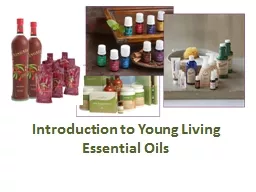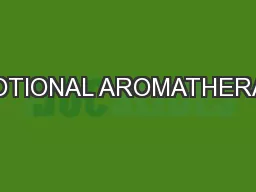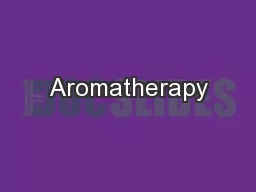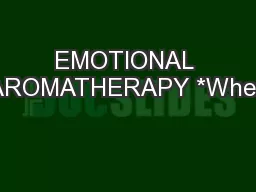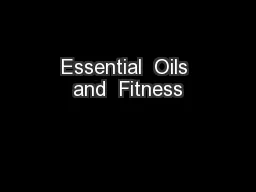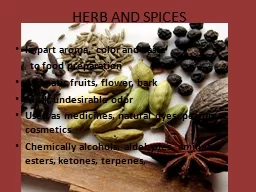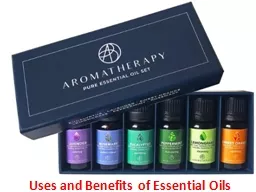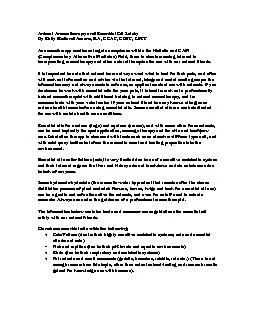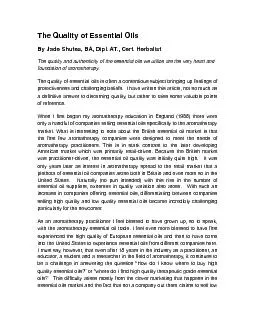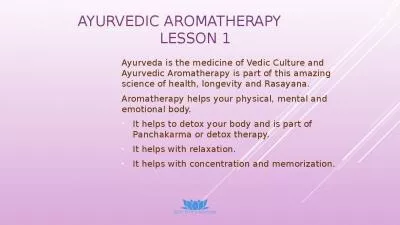PPT-Aromatherapy and Essential Oils
Author : karlyn-bohler | Published Date : 2019-11-07
Aromatherapy and Essential Oils A Complementary amp Alternative Approach to Wellness Chelsea L Giles HSC 300 Professor McMullen 4262015 Introduction Aromatherapy
Presentation Embed Code
Download Presentation
Download Presentation The PPT/PDF document "Aromatherapy and Essential Oils" is the property of its rightful owner. Permission is granted to download and print the materials on this website for personal, non-commercial use only, and to display it on your personal computer provided you do not modify the materials and that you retain all copyright notices contained in the materials. By downloading content from our website, you accept the terms of this agreement.
Aromatherapy and Essential Oils: Transcript
Download Rules Of Document
"Aromatherapy and Essential Oils"The content belongs to its owner. You may download and print it for personal use, without modification, and keep all copyright notices. By downloading, you agree to these terms.
Related Documents


